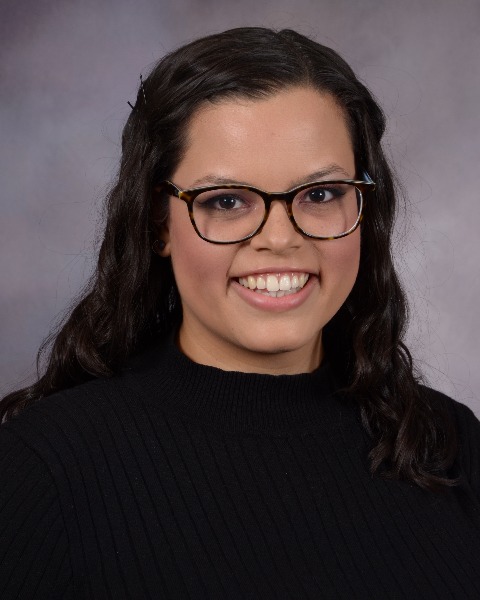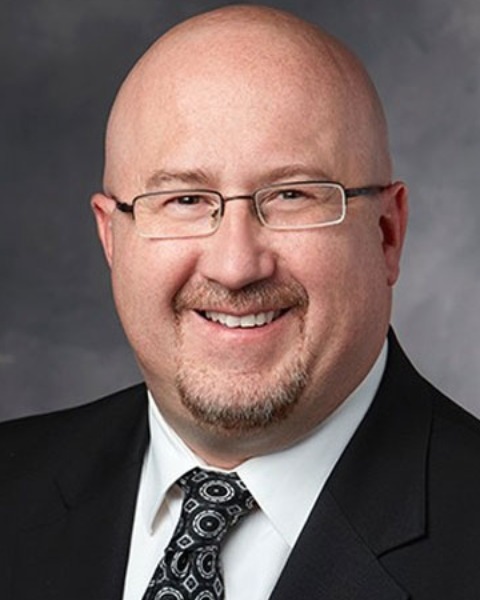Electro/physiology (E)
PP510 - Combined Measurement of the Auditory Brainstem Response Plus the Frequency Following Response

Analisa L. Johnson, BS (she/her/hers)
University of the Pacific
Financial Disclosures: I do not have any relevant financial relationships with anything to disclose.
Non-Financial Disclosures: I do not have any relevant non-financial relationships with anything to disclose.
Gabriella Musacchia, Gabriella Musacchia (she/her/hers)
Department Chair
University of the Pacific
San Francisco, CaliforniaFinancial Disclosures: I do not have any relevant financial relationships with anything to disclose.
Non-Financial Disclosures: I do not have any relevant non-financial relationships with anything to disclose.
Jiong Hu, AuD, PhD
Associate Professor
University of the Pacific
University of the Pacific
San Francisco, CaliforniaFinancial Disclosures: I do not have any relevant financial relationships with anything to disclose.
Non-Financial Disclosures: I do not have any relevant non-financial relationships with anything to disclose.
Matthew B. Fitzgerald, PhD
Associate Professor and Chief of Audiology
Stanford University, Dept. of Otolaryngology
Stanford University
Palo Alto, CaliforniaFinancial Disclosures: I do not have any relevant financial relationships with anything to disclose.
Non-Financial Disclosures: In the past, Dr. Fitzgerald has received unpaid research support from Cochlear Americas, MedEl, and Starkey.
Presenter(s)
Lead Presenter(s)
Presenter(s)
The Auditory Brainstem Response (ABR) provides excellent information about hearing acuity but is far less sensitive to suprathreshold deficits related to complex encoding. In contrast the frequency-following response (FFR) measures complex encoding but is insufficient for threshold estimation. Current clinical practice does not allow sufficient time to measure the ABR and FFR separately. Such time pressures could be alleviated, however, with use of a stimulus that allows for simultaneous recording of the ABR and FFR. Our current goal was to validate a signal called a ‘ABR plus’ which can allow combined recording of both responses.
Summary:
Rationale
While the ABR provides excellent information about hearing acuity, it is far less sensitive to suprathreshold deficits in neural encoding than other electrophysiologic measures such as the FFR. Emerging work suggests several reasons that use of the FFR in the clinic could be revolutionary. For example, reduced FFR amplitudes have been associated with excess bilirubin in the bloodstream (hyperbilirubinemia) and developmental differences in children. These and other data raise the possibility that suprathreshold deficits associated with risk factors such as prematurity, hypoxia and cytomegalovirus may also be detected with the FFR. Unfortunately, current clinical practice does not allow sufficient time to measure the ABR and FFR separately. Such time pressures could be alleviated, however, with use of a stimulus that allows for simultaneous recording of the ABR and FFR. As a preliminary step towards addressing this issue, our current goal was to validate a signal called an ‘ABR plus’ which can allow both responses to be recorded together. Such work provides an important step to increase the feasibility of clinical recording of FFR, thereby allowing suprathreshold measures of auditory function to be widely assessed in neonates and young children.
Methods
We recorded the click-evoked ABR and speech-evoked FFR in three conditions: ABR alone, FFR alone and when the ABR and FFR combined into a single stimulus (ABR plus). In the ABR-alone condition, we recorded the ABR to a click stimulus with 70dB and 40dB intensities. In the FFR-alone condition, we obtained the FFR using a synthetic /a/ vowel with 100 and 200 Hz fundamental frequencies. In the ABR plus conditions we simultaneously recorded both the ABR and the FFR to a stimulus which consisted of a click followed by 15 ms of silence, and subsequently, the vowel /a/. The ‘ABR plus’ was recorded with each of the two stimuli used to elicit the FFR alone, using the same stimulus intensities as the ABR. Across all three conditions, recordings were made from young adults with normal hearing using clinical recording montages. Data were analyzed in two stages. We compared the latency and amplitude of Waves I-V for the ABR-alone and the ‘ABR plus’ conditions. Second, we compared the RMS amplitude of the FFR waveforms for the FFR-alone and ‘ABR plus’ conditions.
Results
Results suggest no differences in ABR waveforms elicited by a click stimulus presented either alone or as part of the ‘ABR plus’ stimulus. Notably, the RMS amplitude of the FFR appeared to be slightly larger in the ‘ABR plus’ condition than in the FFR-alone condition. No other differences were noted between FFRs recorded alone or as part of the ‘ABR plus’ stimuli.
Conclusions
Taken together, these results suggest that the ABR and FFR can be reliably recorded in a time-efficient manner using a combined ‘ABR plus’ stimulus. Such work provides an important step to increase the feasibility of clinical recording of FFR, thereby allowing suprathreshold measures of auditory function to be widely assessed in clinical populations.
Learning Objectives:
- Evaluate the benefits of a combined ABR+FFR recording
